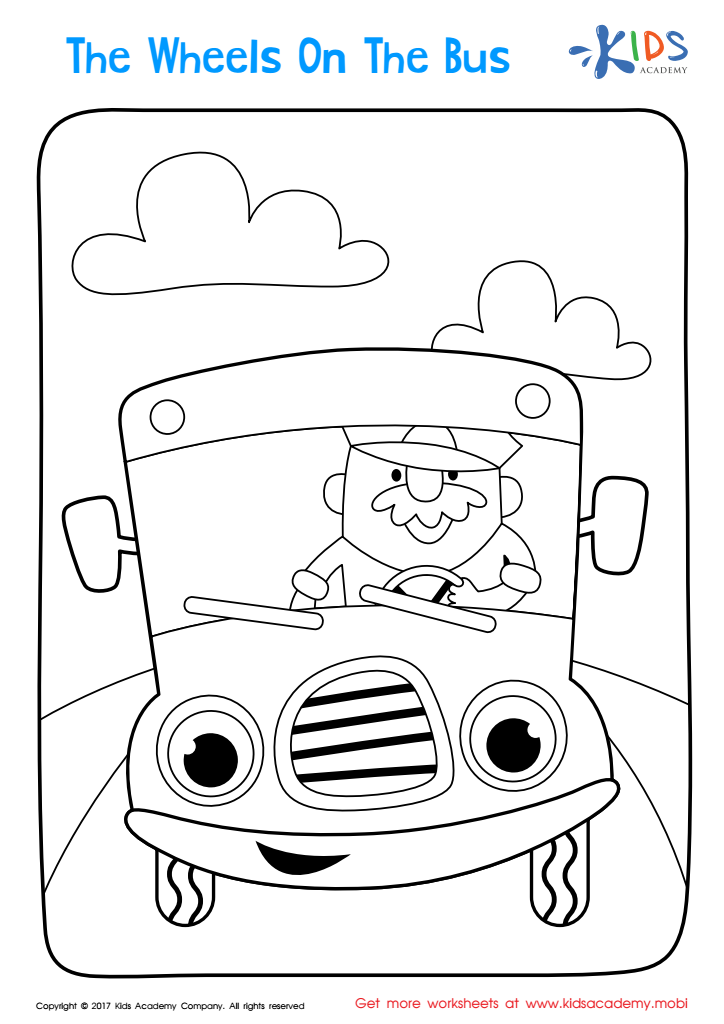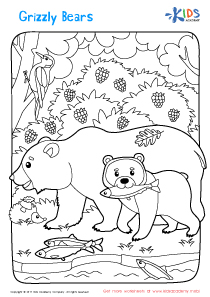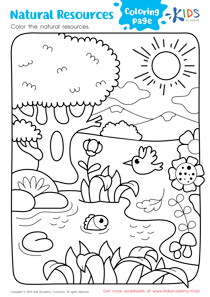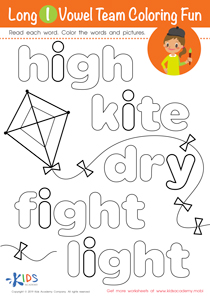Normal Difficulty Nursery Rhymes Coloring Pages for Grade 2
2 filtered results
-
From - To
Introduce your Grade 2 students to the enchanting world of Nursery Rhymes Coloring Pages with our engaging worksheets. Perfect for enhancing creativity and nurturing early learning skills, these visually captivating pages will keep little ones entertained for hours. Each worksheet showcases beloved nursery rhymes, such as Humpty Dumpty, Twinkle Twinkle Little Star, and Jack and Jill, allowing kids to immerse themselves in their favorite tales while enhancing fine motor skills. Complete with lively illustrations and easy-to-follow coloring patterns, our Normal Difficulty Nursery Rhymes Coloring Pages are an excellent resource for fostering imagination and early literacy. Let the coloring adventures begin!


Twinkle Twinkle Little Star Coloring Page


The Wheels on the Bus Coloring Page
Nursery rhymes are a key component of early childhood education as they help develop critical skills in young learners. To enhance the learning experience and engage Grade 2 students, Normal Difficulty worksheets on nursery rhymes coloring pages are an ideal educational resource. These worksheets provide an interactive and enjoyable way for children to learn and reinforce various skills and concepts.
1. Language Development:
Nursery rhymes offer an excellent platform for language development. By introducing nursery rhymes coloring pages, children can visually engage with the characters and settings of the rhymes, enhancing their comprehension and vocabulary. As they color, students can also associate colors with specific objects, facilitating word-object association and further reinforcing their language skills.
2. Fine Motor Skills:
Coloring within the lines of nursery rhymes coloring sheets challenges students to develop their fine motor skills. As they grasp and maneuver their coloring tools, children refine their hand-eye coordination, pencil grip, and finger dexterity. These skills are crucial for future tasks such as writing and drawing.
3. Visual Discrimination:
Using Normal Difficulty worksheets on nursery rhymes coloring pages encourages visual discrimination, which is the ability to identify subtle differences in shapes, colors, and patterns. To accurately color the illustrations, students must differentiate between distinct elements, such as a sheep from a cow, a blue sky from green grass, or a striped ball from a polka-dotted one. This perceptual skill helps promote attention to detail and observational abilities.
4. Cognitive Skills:
Coloring nursery rhyme worksheets stimulates cognitive development by allowing students to make decisions, solve problems, and think critically. They must select suitable colors, decide where to start coloring, and how to complete each section. By engaging with these activities, young learners develop their ability to concentrate, sequence, and follow instructions – essential skills that lay the foundation for academic success.
5. Creativity and Imagination:
Nursery rhyme coloring pages provide an opportunity for children to express their creativity and imagination. By encouraging students to use a range of colors and make artistic choices, these worksheets foster self-expression and original thinking. Children can create their distinct interpretations of familiar characters and settings, encouraging their individuality and fostering a sense of pride in their work.
6. Memory and Recall:Recalling and singing nursery rhymes is an excellent exercise for memory retention. Incorporating coloring pages into the learning process further enhances this skill. As children color specific characters or elements from nursery rhymes, they strengthen their ability to remember the rhymes themselves.

 Assign to My Students
Assign to My Students














